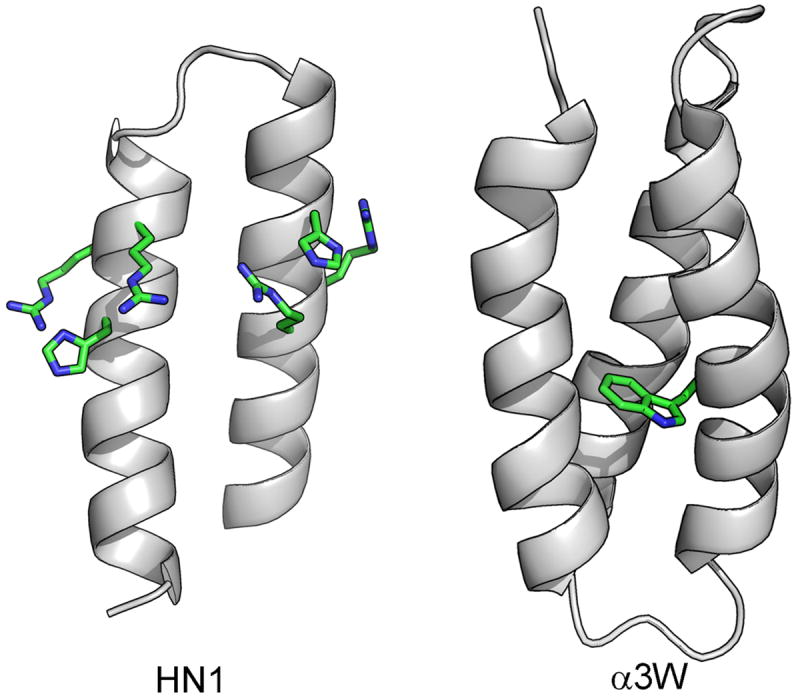Figure 2. Helical designs with tertiary structure.

Using short connecting loops, multi-helical structures provide the potential for greater chemical diversity at the active site, a binding surface for defining substrate specificity and a core for controlling the microenvironment of key catalytic residues. Two examples are the HN1 ribonuclease29 with an active site of two histidines and four arginines (model structure), and α3W 31, a three helix bundle which tunes the reduction potential of a tryptophan radical in the bundle core.
